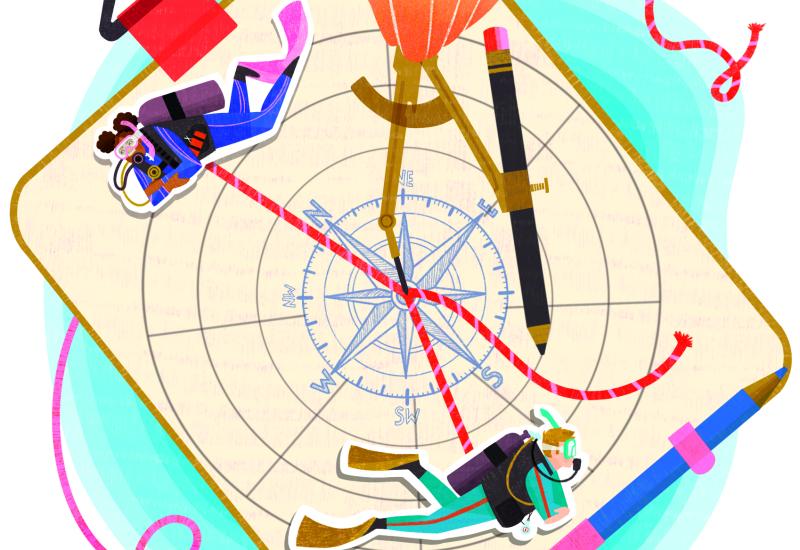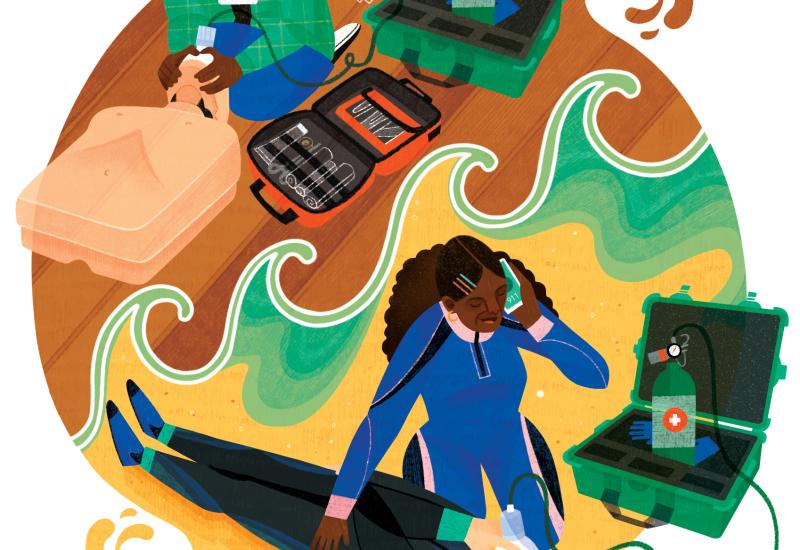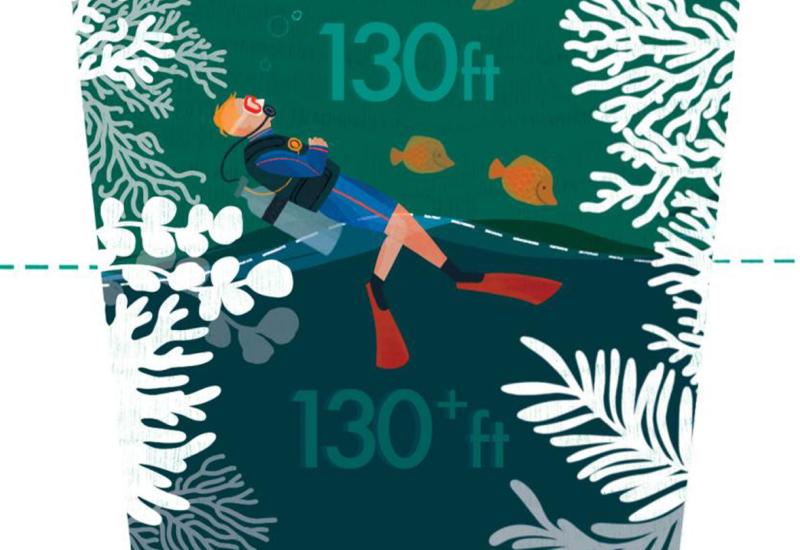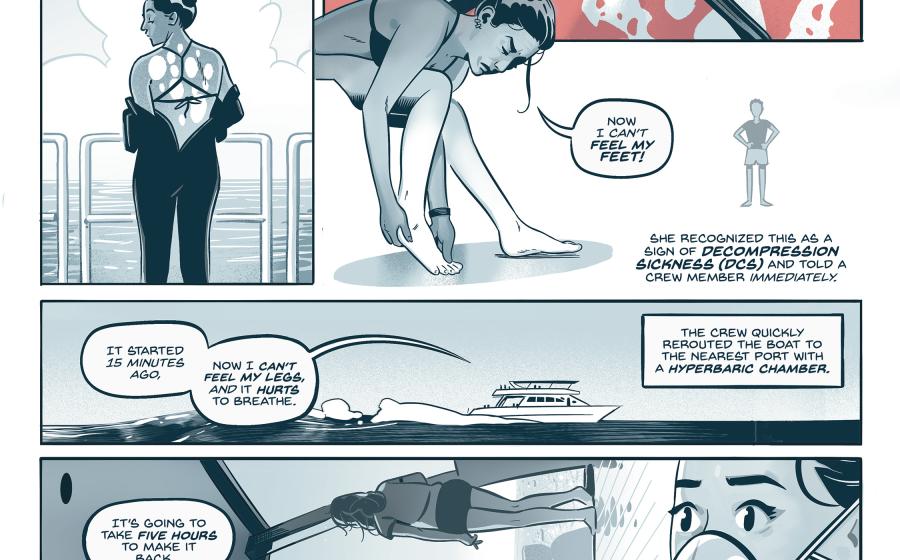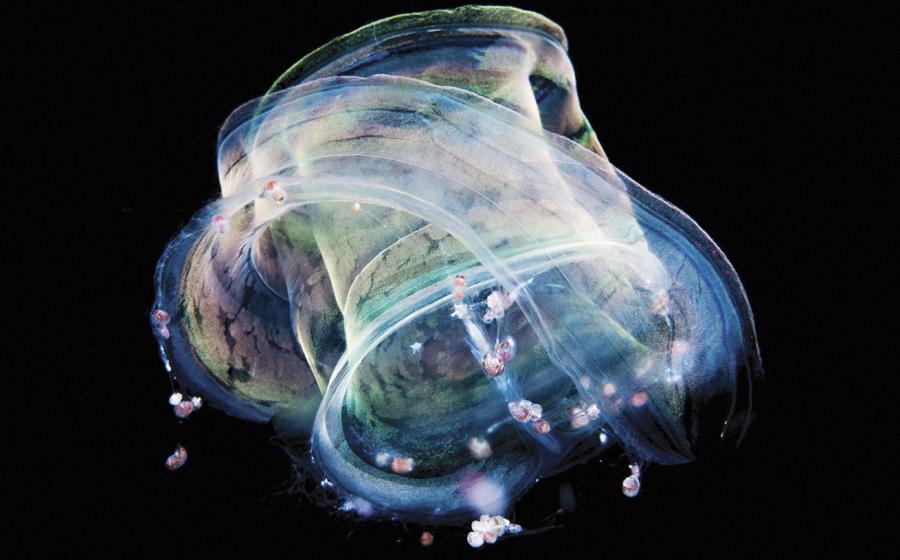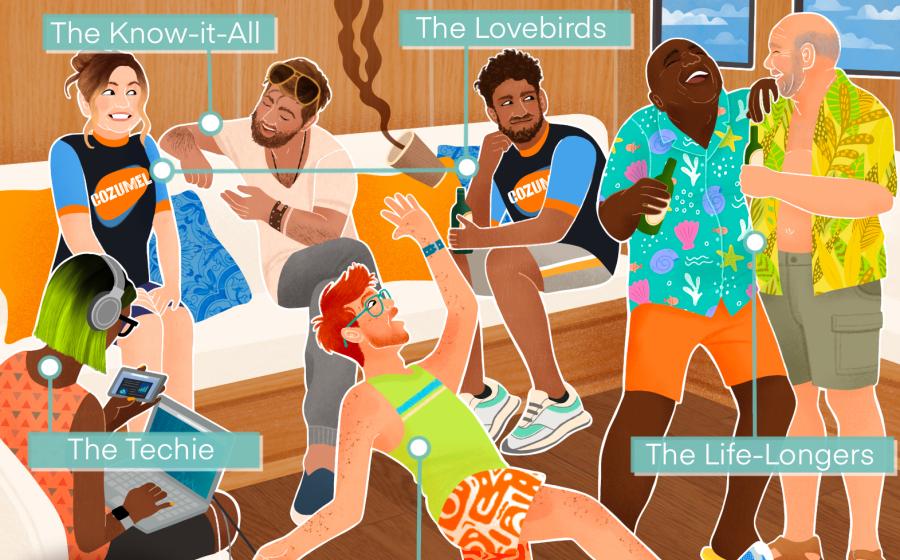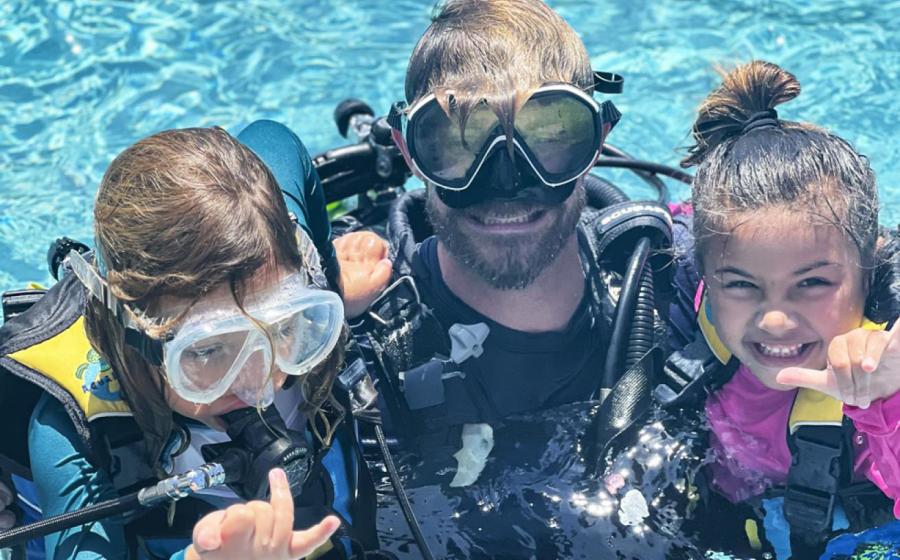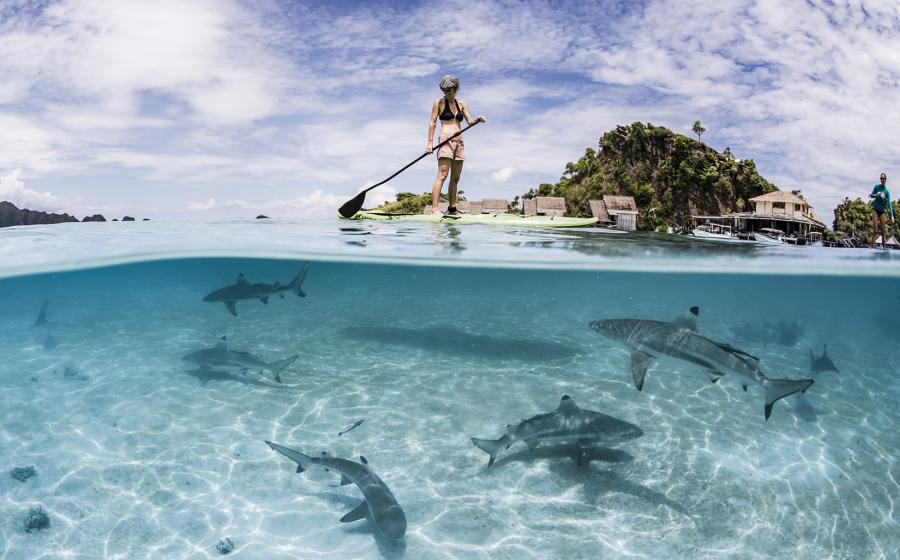How Can I Improve My Air Consumption?

Illustration by Lauren RebbeckKnowing different steps to take both before and during your dive can help you improve your air consumption and comfort in the water.
Dear Annie,
When diving in a group, I tend to use my air quicker than others. It makes me feel bad for cutting their dives short. How can I improve my air consumption?
-Air sucker
Dear Air Sucker,
It’s always a bummer to get out of the water, especially if it’s because we finished our tank quicker than everyone else. Fortunately, there are steps you can take both before and during your dive to improve your air consumption and comfort in the water. I will break these down for you.
Knowing the ins and outs of your gear, understanding the dive plan and anticipating the navigation of the site will help you get comfortable before you dive. This knowledge helps you maintain the right mindset when gearing up and getting into the water, allowing you to relax from the beginning of the dive.
Improper weighting is one factor that will affect your breathing rate during a dive. Make sure you are weighted properly for the exposure suit and tank you’re using, and consider whether you have had recent changes in your body weight or composition. These factors will affect the amount of lead you need.
Related Reading: How Do I Dive for Lost Items?
Do a weight check in the water before the dive and adjust as needed. Many divers are unsure of their weight, and they add an extra 2 to 4 pounds of lead to help them sink quicker. Being overweighted is one of the main reasons divers who “suck air” go through a tank faster. When you’re overweighted, it’s tougher to maintain neutral buoyancy, you exert more energy when kicking, and you tend to breathe quicker and deeper.
There’s a simple procedure you can do throughout the dive to test if you are neutrally buoyant. Look at your computer’s depth and stay in one place. If you have to kick your legs, move your arms or take a deeper breath to maintain the depth, you are not neutrally buoyant. Add air to your BCD or drysuit and try again until you no longer have to work to stay at one depth. When neutral, it’s easier to streamline your body and propel yourself through the water with ease.
Notice when you feel the need to equalize your ears; this means you are going deeper and you will need to check your buoyancy. As you dive deeper, you will need to add more air into your BCD or drysuit. When you ascend to a shallower depth and vent air, you will need to check your buoyancy again. Focus on maintaining a neutral zen feeling throughout the entire dive at different depths.
When you are neutrally buoyant, you move slowly and exert less effort. Therefore, you breathe slowly and prolong your dive time. The PADI Peak Performance Buoyancyspecialty helps divers get comfortable with buoyancy and improves air consumption. When you focus on fine-tuning your buoyancy on several dives, it will become second nature.
Remember, because of Boyle’s law, the deeper you dive, the more air you use. A dive briefing will tell you the depth for the deepest part of the dive, but you don’t have to go that deep. You and your buddy can decide your max depth, and you can always stay shallower to prolong your dive.
In addition to proper weighting and slow, relaxed movements, you’ll want to assess your trim and gear. By streamlining your body and kit, you will decrease drag and lower exertion.
Tuck your accessories, gauges and octo away in pockets or clip them off close to your body. This will allow you to move through the water more easily and protect the delicate bottom.
Related Reading: How Can Divers Prepare for Emergencies While Traveling?
You may want to experiment with different types of BCDs to see which style allows for the best weight distribution and a streamlined body position. Remember to get your regulator serviced routinely to ensure the breathing effort is not too high and explore the many fins available to find a pair that reduces kicking effort. Not all fins are created equal. Schedule some pool time with your local dive shop to do a fin test. As we age, our legs change. You might find that a fin you loved 10 years ago is not the best option for you now.
I hope these tips allow you to spend as much time underwater as possible. Remember that the best way to improve your air consumption rate is to keep diving and gaining experience. I look forward to hearing of your success!

Ask Annie
PADI Master Scuba Diver Trainer Annie Crawley answers your most pressing questions about dive etiquette, training qualms and gear analysis with zero judgment and a whole lot of lived experience.
Have a question for Annie? Send to [email protected] with the subject "Ask Annie".


